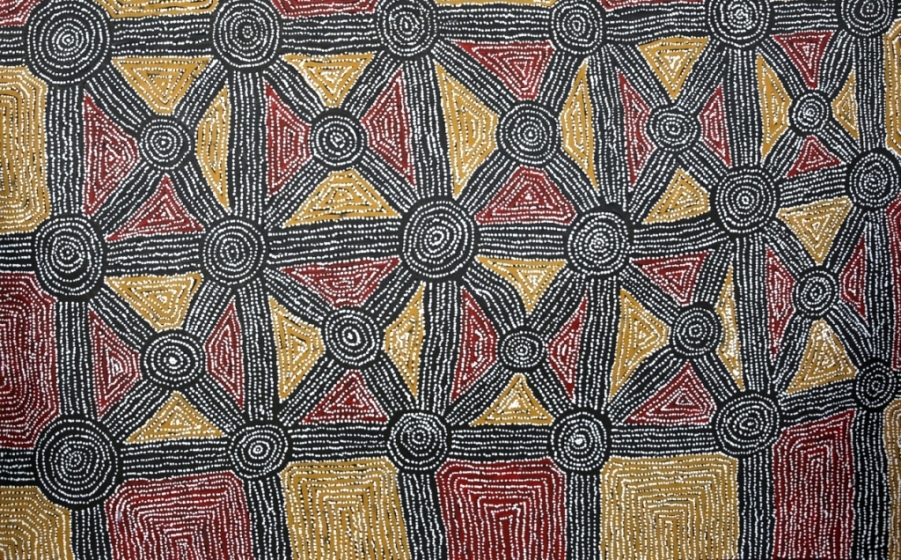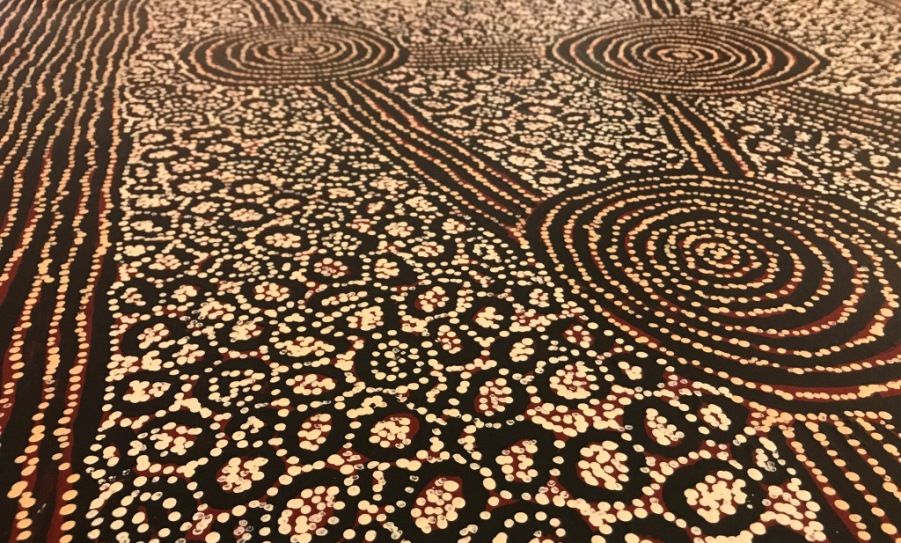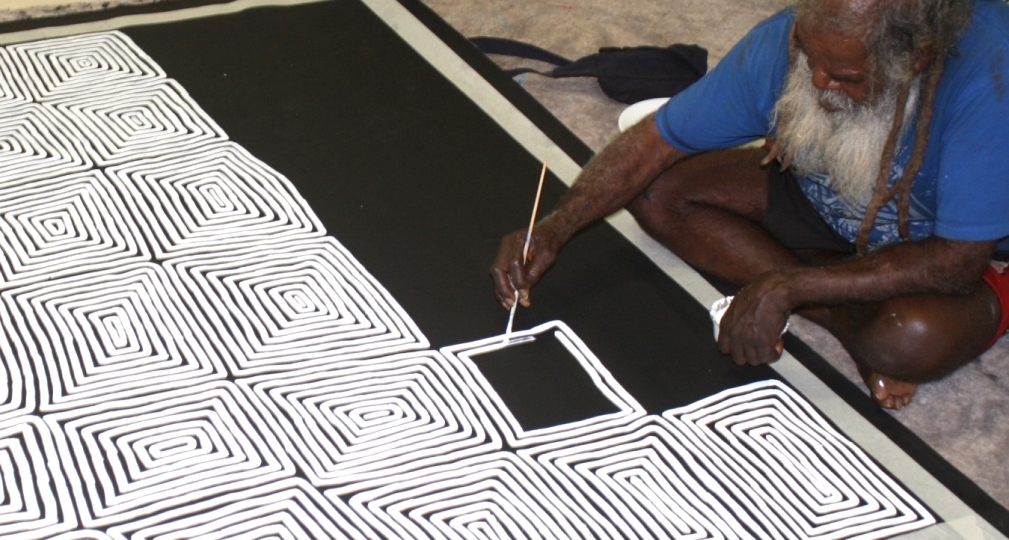What is the Connection Between the Dreamtime and Songlines?
The Dreaming is the description of a sacred time that saw the creation of the world as Aboriginal people know it and understand it. Dreamtime is the word used in the English language, but there are many words across the Aboriginal languages, including Tjukurrpa and Ngarrangkarni. Both words mean a sacred time when the world was created by the Ancestors.
The Ancestors are the initial creative forces that brought into being all the features of the land, of animals and the natural world, of people and the Law, and the totemic connections between all of these. The Dreaming or the Dreamtime is a sacred narrative of Creation that is seen as a continuous process that links traditional Aboriginal people to their origins.
Within the Dreamtime, there are the Ancestor’s initial actions that create sacred sites and all the important places, where animals are created and stories are played out. These Ancestors made epic journeys across Aboriginal lands. These journeys are a procession of events that brought the lands into being and these journeys are recorded and marked as Songlines.
The Songlines show the connectedness between places and the Creation events and ceremonies associated with those places. People born in that country are forever tied to the creation history of their birthplace and have custodial obligations to that place. As the creation Ancestors travel across Aboriginal country they connect up all the sites along their path. Potentially the term Songlines originates from the experience that Aboriginal culture is an oral culture. They learned long cycles of songs that encapsulate the entire creation history of their people.
People learned the song cycles as they were initiated into Dreamtime law, and were bound to keep this sacred and secret and to pass it on to future generations. The Songlines are in fact the lines, the pathways of the Ancestors. They carry the knowledge of those pathways and this knowledge is transferred and shared in songs.
The songs become the basis of the ceremonies that are enacted in those specific places along the Songlines. These ceremonies relate to many things. They continue to pass on respect for the Ancestors at these creation sites and to initiate the next generation into the sacred laws.
This practice is still being carried out in communities in more remote parts of Australia to this day. The communities that have been surrounded by white settlement for more than 200 years have often lost the ceremonial aspect of songlines, but anthropologists have collected some information about these as well.
Each Aboriginal language group had a distinct area of custodianship. That was their clan country that the Songlines would travel across and it would continue into the country of the neighbouring language group. The next stage of the story would then be known by the neighbouring group.
Songlines are learned in sections or chapters, and each language group knows the story of the Songlines of their country. There is a great deal of knowledge remaining in the central Australia and in northern regions. In terms of percentage of area, that is approaching 50% of the Australian land mass.
In the more settled areas of southern Australia, that Songline information is largely lost in history now. Strong attempts are being made to return to language and to research all the material that is available so that people will have access to some of that ancient knowledge.





